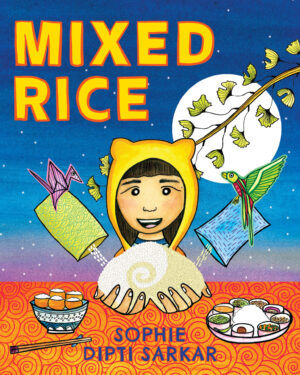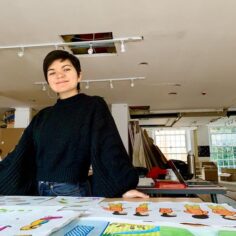On World Children’s Day, we honor the right of all children to live in peace, safety, and dignity. This day marks the adoption of the Convention on the Rights of the Child. In this article, we are delighted to share insights from the children’s book Mixed Rice and a dialogue with author Sophie Sarkar.
May we each practice and contribute to nurturing a world where every child can thrive—free from fear, and surrounded by communities that cherish their unique heritage and expression.
What inspired you to write Mixed Rice for children, and what message felt most important to share?
Mixed Rice is a story about the conflict in a multicultural family over what rice to cook for dinner. The story is autobiographical and was inspired by my own mixed-Asian family and our daily dinnertime debate. My Bengali father wanted basmati rice, and my Japanese American mother wanted gohan. My mother would say it was impossible to eat basmati rice with chopsticks, while my father would say that gohan was too sticky to eat with his hands. My sister and I were often asked to make the rice, which meant that we were asked to choose between our two parents’ cultures, lineages, and food preferences—a mixed kid’s nightmare!
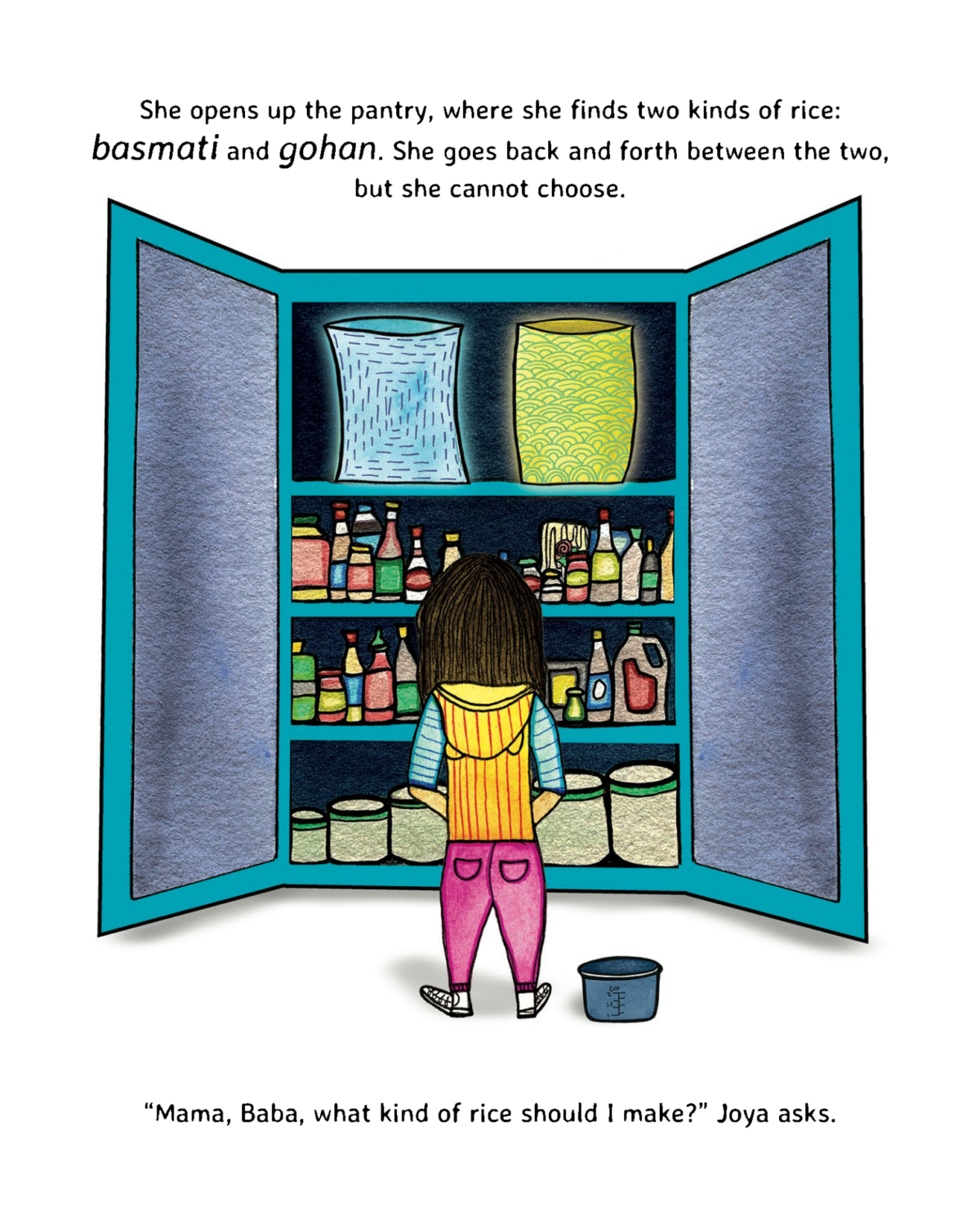
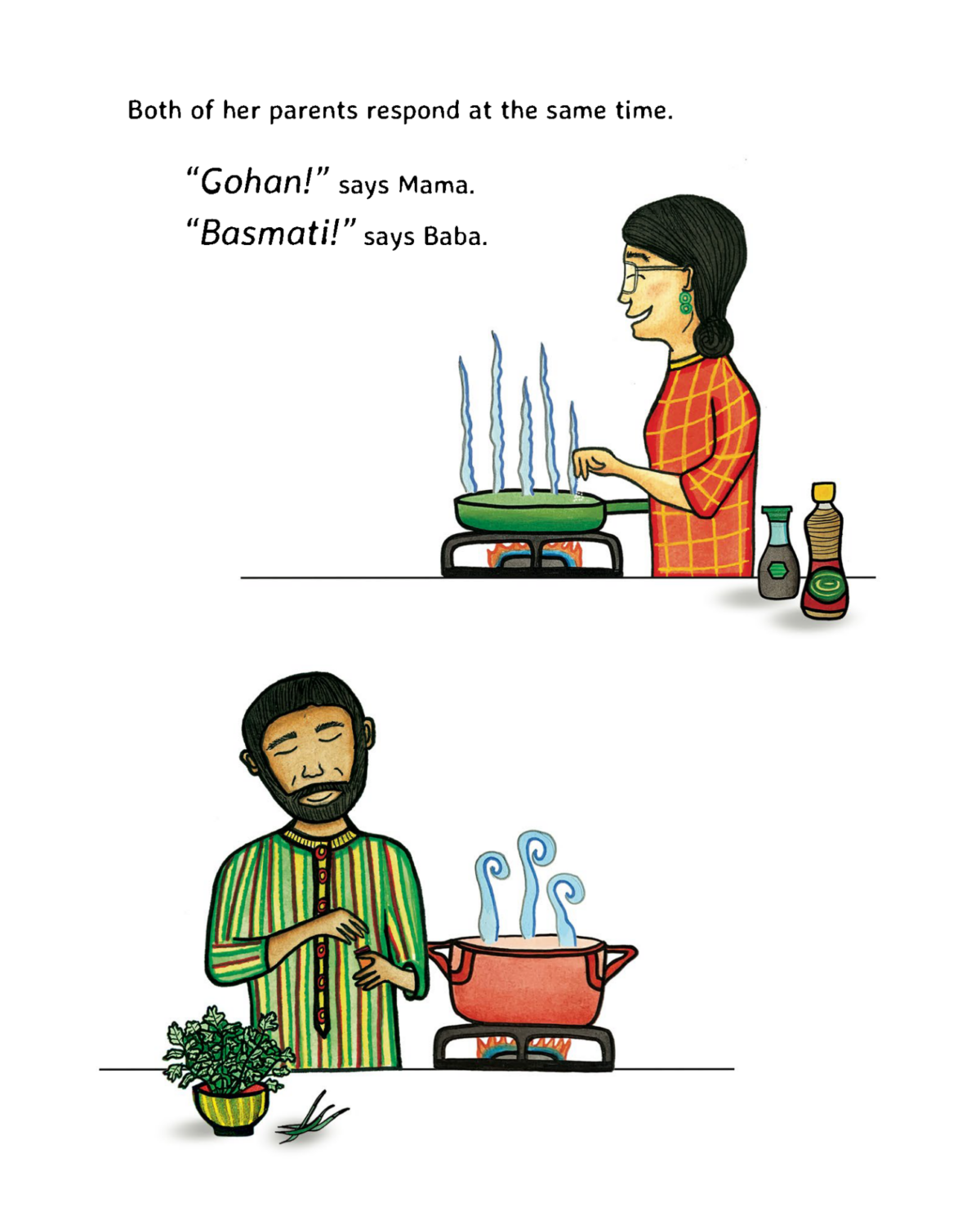
In the story, the daughter, Joya, calls on the help of the ancestors, the moon, and mindfulness practices to support herself and her parents to slow down and take care of their strong emotions. Through these practices, and the act of slowing down, each family member is able to look more deeply within themselves. And when they do this they realize that the reason they each feel so strongly about their rice is not actually about rice, but rather about their deep missing of their mothers, their homelands, the languages and foods they grew up with, and their deep longing to feel at home with one another.
At its heart, Mixed Rice is a teaching about belonging—what it means for multiple diasporas, each carrying histories of trauma and resilience, to truly feel at home with one another.
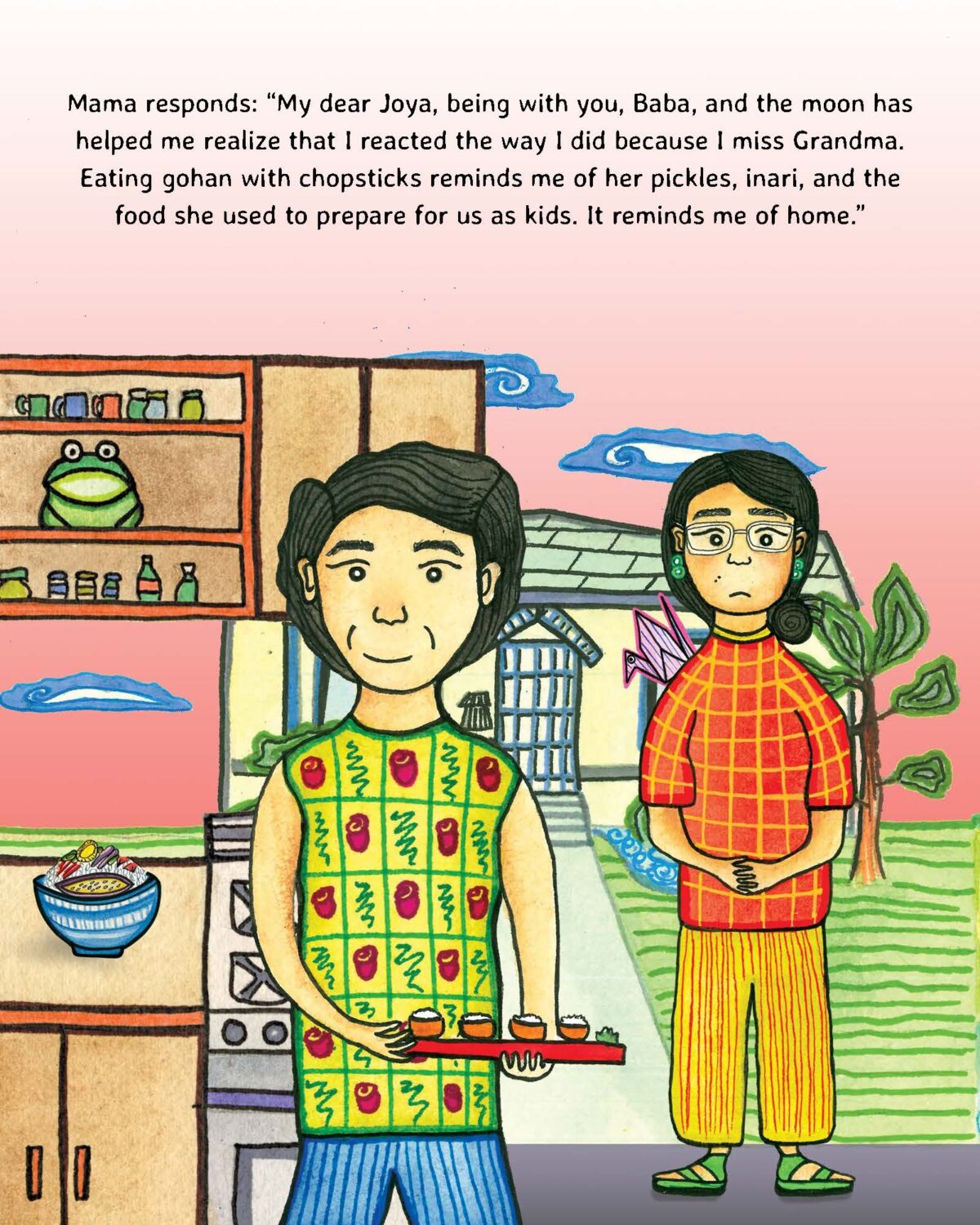
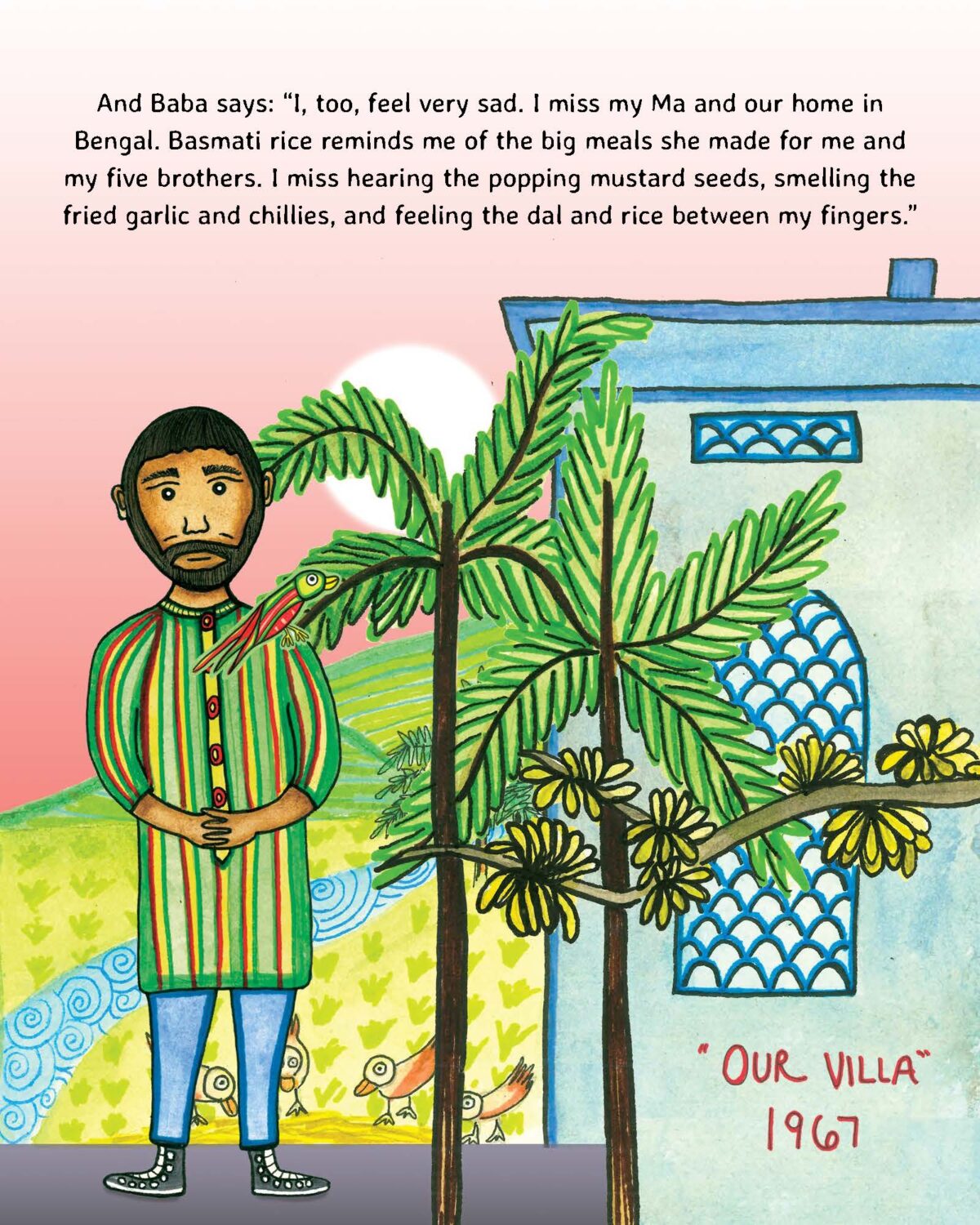
My grandparents lived through forced displacement, state-sanctioned incarceration, and one of the worst famines of the 20th century. These experiences left wounds that were passed down to my parents, sometimes surfacing in everyday conflicts—like fights over rice.
I wrote Mixed Rice to tell the truth about the beauty and challenges in multicultural families. There’s often a romanticized view that multicultural family life is effortlessly harmonious and full of joy—but my experience has been far more complex. I wanted to offer families like mine some tools to work through differences with kindness and love.
I believe that to build true belonging, we must be willing to be with our own pain and the pain of our beloved ones. Only then can we transform that pain into understanding, connection, and love, and cultivate a sense of home and belonging with one another.
Writing this book was deeply healing for me; it allowed me to imagine what it might have been like if my family had the resources to better understand ourselves and each other.


What seeds do you hope to water in each child through this story—seeds that can help them feel seen, safe, and able to thrive?
I hope to water seeds of belonging, compassion, and deep listening. I want each child to know that their unique story matters—that the beautiful mix of their cultural heritage is something to be celebrated, not hidden. That they get to be themselves, fully and unapologetically.
I want them to understand that having strong emotions is not only okay but important, and that learning how to care for those emotions is a powerful skill.
I want them to see that conflict and misunderstanding are not barriers to love, but invitations to deeper connection.
By witnessing Joya’s journey in Mixed Rice, I hope children feel encouraged to slow down, take care of themselves, and notice the roots of their own strong feelings—and the feelings of those around them. I want them to know that true belonging is not about ignoring differences but learning to honor them in ourselves and in each other.
My hope is that children carry this practice of mindfulness and compassion into their families, their communities, and the wider world.
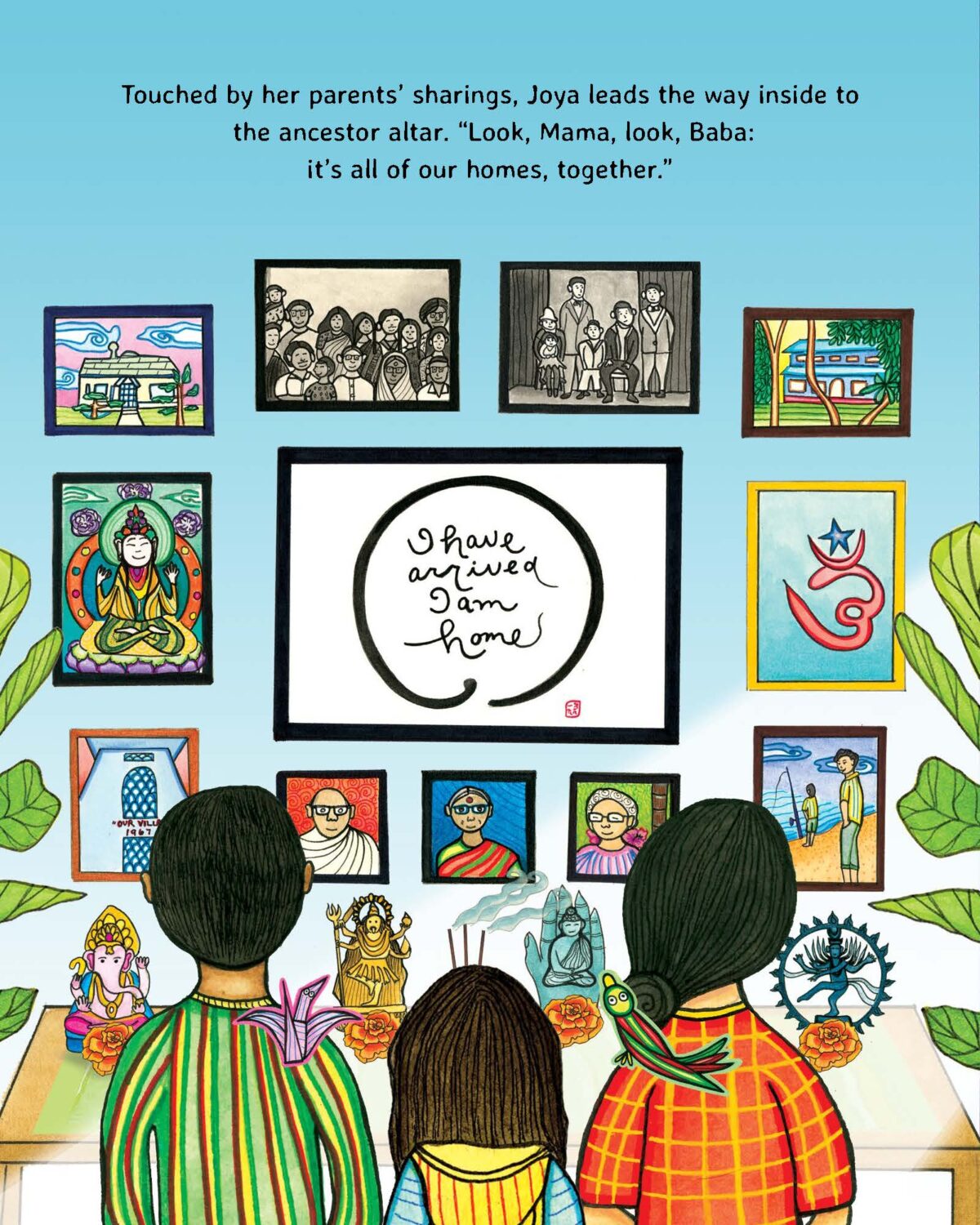
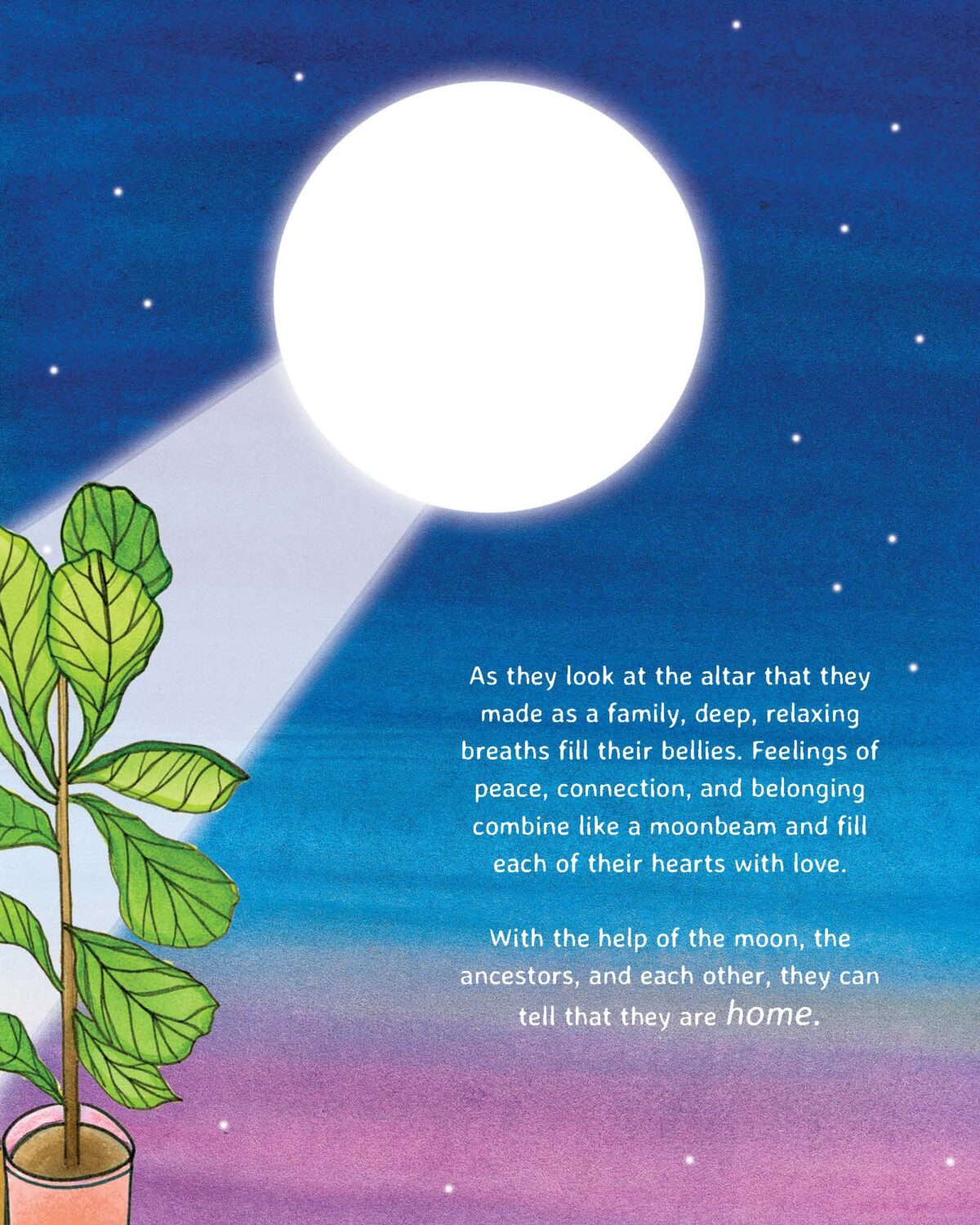
What is your vision for a world where every child matters and is celebrated as a “unique flower in the garden of humanity”? And how does your work contribute to nurturing that vision?
When I imagine a world where every child matters, I imagine Palestinian children, Congolese children, immigrant children in the US, and all children currently enduring the horrific violences of state-sanctioned genocide, family separation, detention, deportation, famine, disease, and dislocation. I imagine them playing freely, reading books, going to school, sharing dinner in their homes, and enjoying time with their families.
I envision a world where children are seen, valued, and cherished for exactly who they are. A world where their lives are protected, their rights upheld, and their freedom honored, regardless of the race, class, gender, ethnicity, religion, ability, sexuality, or immigration status they hold. A world where no child has to choose between staying in their home with their family or risking death.
I imagine a world where all children are encouraged to explore and celebrate every part of their heritage. Where they are supported in understanding their own emotions—and the emotions of others—with kindness and curiosity. In this world, families and communities practice deep listening and mindfulness to work through misunderstanding, transforming conflict into connection. A world where difference is welcomed as a gift rather than feared as a threat.
I believe that when children are given the space to safely express their feelings and their truths, they flourish—and that their flourishing ripples outward, creating a more just and loving world.
My hope is that through my art, I can contribute to a collective narrative about the importance of mindfulness practice—not as a way to escape the world’s pain, but as a way to meet it fully.
Thriving communities are not built by avoiding conflict or tension, but by moving toward them with courage and care.
This is what it means to build belonging and create home with one another. When we can sit with our pain and offer it refuge, we begin to understand and love ourselves more deeply. And from this place of inner refuge, we can extend that same love and care to our dear ones, our communities, and all living beings on Earth.
Mindfulness is not about bypassing the horrors of the world or pretending they don’t exist; it is about looking directly at them, acknowledging them, bearing witness to suffering, and tending to the emotions they stir in us—so that we can take action to protect those most vulnerable. This, to me, is the essence of interbeing. Our dear teacher Thay, as well as many other ancestors in our lineages, have gifted us with so many tools to do this work. The children of the world are depending on our ability to use them.
